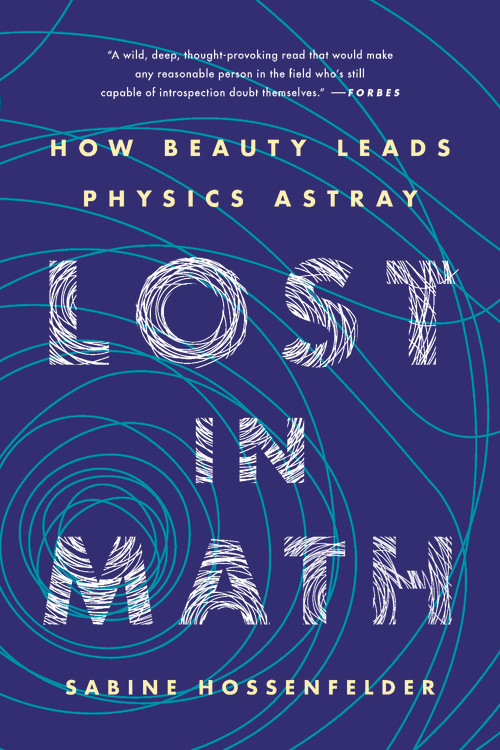Hossenfelder vs Goff: Debate About Electrons Sparks Social Media!
The public has not suddenly become interested in whether electrons exist. Rather, more people are using new media for an increasingly broad array of purposes.It says a lot about how media are changing that panpsychist philosophy professor Philip Goff and theoretical physicist Sabine Hossenfelder were in a bit of a verbal tussle at X (formerly Twitter) recently on whether electrons really exist. That sort of debate once inhabited historic lecture rooms, exalted think tanks, and the better science magazines.
Now, the public has not suddenly become interested in whether electrons exist. Rather, more people are using new media for an increasingly broad array of purposes. X is no longer just a place where a poorly thought out remark on a sensitive subject can ruin a career. The discussion was definitely not a Twitter troll flame war. It was more like this:
We can't observe electrons, but they're part of a good theoretical explanation of what we can observe. What am I missing? https://t.co/b99Un1tUBj
— Philip Goff (@Philip_Goff) November 10, 2023
You don't need maths to see that assuming the existence of other universes is unscientific. All you need is to understand that assuming the existence of something you cannot observe is unnecessary to explain anything you can observe. https://t.co/2rYznTq5UX
— Sabine Hossenfelder (@skdh) November 10, 2023
I, for one, won’t be surprised if both parties end up reusing the material in online essays at Aeon or Big Think. I bet they advertise them at X.
Of course, both public figures are best known for their books: Hossenfelder for Lost in Math: How Beauty Leads Physics Astray (Basic Books, 2018) and Goff, most recently, for Why? The Purpose of the Universe (Oxford University Press, 2023). Writing a book seems now to indicate that the author is someone to be taken seriously. Many people will, we hope, read the books. But the advent of new, bottom-up media means that the discussion continues much more broadly, outside the possible pages of any book or the distance one would need to travel in order to hear the author as a speaker. Of course, that process started nearly a century ago, with radio and then TV.

“Bottom-up” media? Well, this discussion seems to have started and continued via the X accounts of the authors, witnessed for free by potentially 27.8k (Goff) and 134k (Hossenfelder) followers worldwide — as well as many others who are notified by reposts and so forth.
Those who wish to lead further discussion must read the books, as always. But the advent of e-books makes that much easier and cheaper. Overall, we are looking at a new level of accessibility for discussions like this.
When traditional top-down media were pretty much the only kind available, we would only read such a discussion if reported by a journalist at one of the sciencey thinkmags or newspaper sections. Or we might hear about it on science-focused radio or TV programs. Mark what follows: If opinion leaders thought that a discussion wouldn’t interest us or that we shouldn’t know about it, we just didn’t hear about it. Today, the main barriers to finding things out are first, the need to sort through the tsunami of information and second, the increasing popularity of censorship.
So far as I can see, the increasing popularity of censorship is driven in large part by the legacy media’s newly minted embrace of censorship. Shrinking in size and importance, they sound the alarm about the perils of disinformation as they seek protection and funding from government.
None of that will save legacy media because their top-down model is obsolete. But they may succeed in shutting down or warping some interesting, perhaps much needed, discussions in the meantime.
You may also wish to read: Five key ways media have changed in the last 35 years Major media no longer really represent a vast number of average audience members. Increasingly, the audience is fragmenting as people select their own individually crafted news streams. We must accept responsibility for the streams we create.
